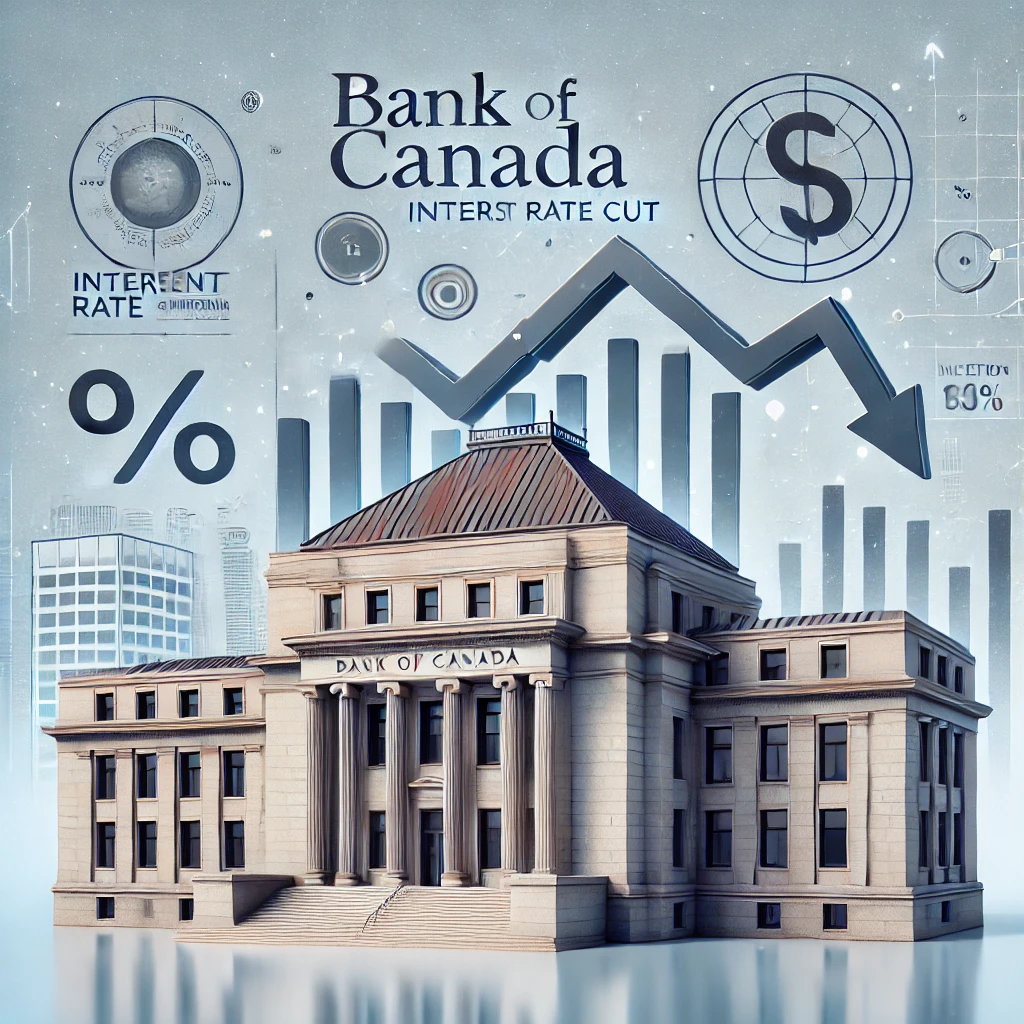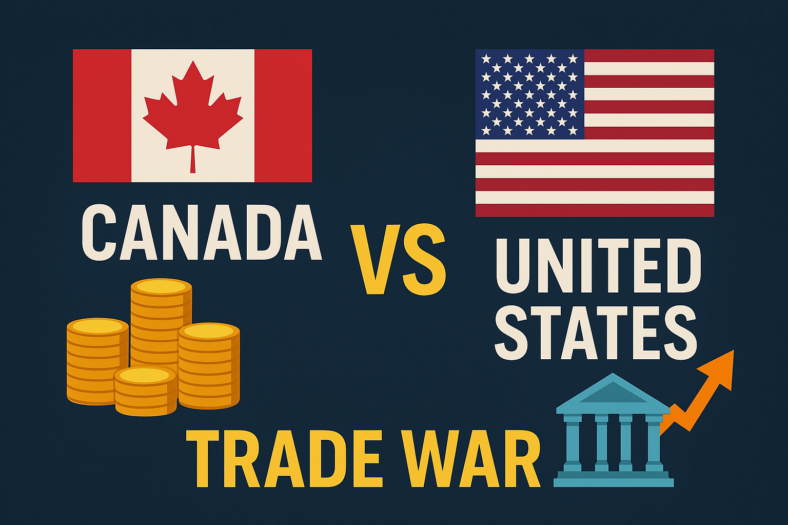The Bank of Canada has cut its benchmark interest rate for the second consecutive month, aiming to control inflation while avoiding a recession. The central bank announced a 25 basis points reduction in the target for its overnight rate, bringing it down to 4.50%. This decision comes amid indications that inflation is moderating and the labor market is slowing.
Why the Bank of Canada is Cutting Interest Rates
In its statement, the Bank noted that inflationary pressures are easing due to ongoing excess supply. However, rising rent and mortgage interest costs, along with other services, are counteracting this trend.
Impact on Mortgage Holders and Borrowers
This rate cut is likely to be welcomed by variable-rate mortgage holders and borrowers with home equity lines of credit (HELOCs), as their rates will decrease in line with the reduction.
Strategic Interest Rate Reductions
From July last year until June, the Bank maintained the highest interest rate in over two decades. The Bank has now initiated a cutting cycle. This strategy aims to achieve a “soft landing” by bringing inflation to its target without causing a major economic downturn.
Current Economic Indicators
Decline in Consumer Price Index (CPI)
The overall consumer price index (CPI) dropped more than expected to 2.7% in June, marking the sixth consecutive month of inflation falling within the Bank’s target range of 1% to 3%.
Persisting Core Inflation Measures
While core inflation measures remain somewhat persistent, the Bank’s recent surveys of consumers and businesses suggest that inflation expectations are likely to continue decreasing in the coming months.
Labor Market Contractions
In June, the labor market saw its second contraction in four months, with a loss of 1,400 jobs. Royal Bank of Canada (RBC) assistant chief economist Nathan Janzen noted that this increases the likelihood of a July rate cut.
Future Rate Decisions
The Bank of Canada is scheduled to meet on September 4 to make its next rate decision, and speculation about further rate cuts before the end of 2024 is expected to intensify in the coming weeks.
By closely monitoring these developments, borrowers and investors can better navigate the evolving economic landscape.




















